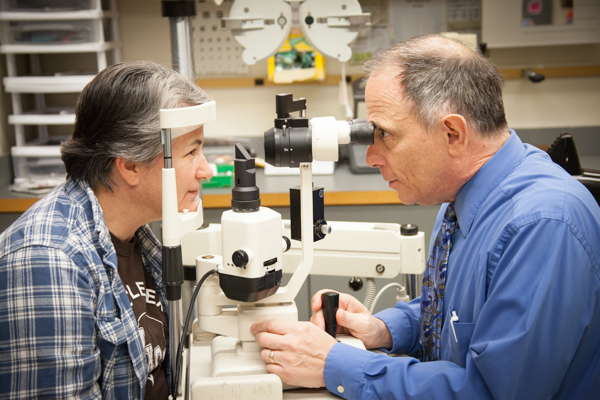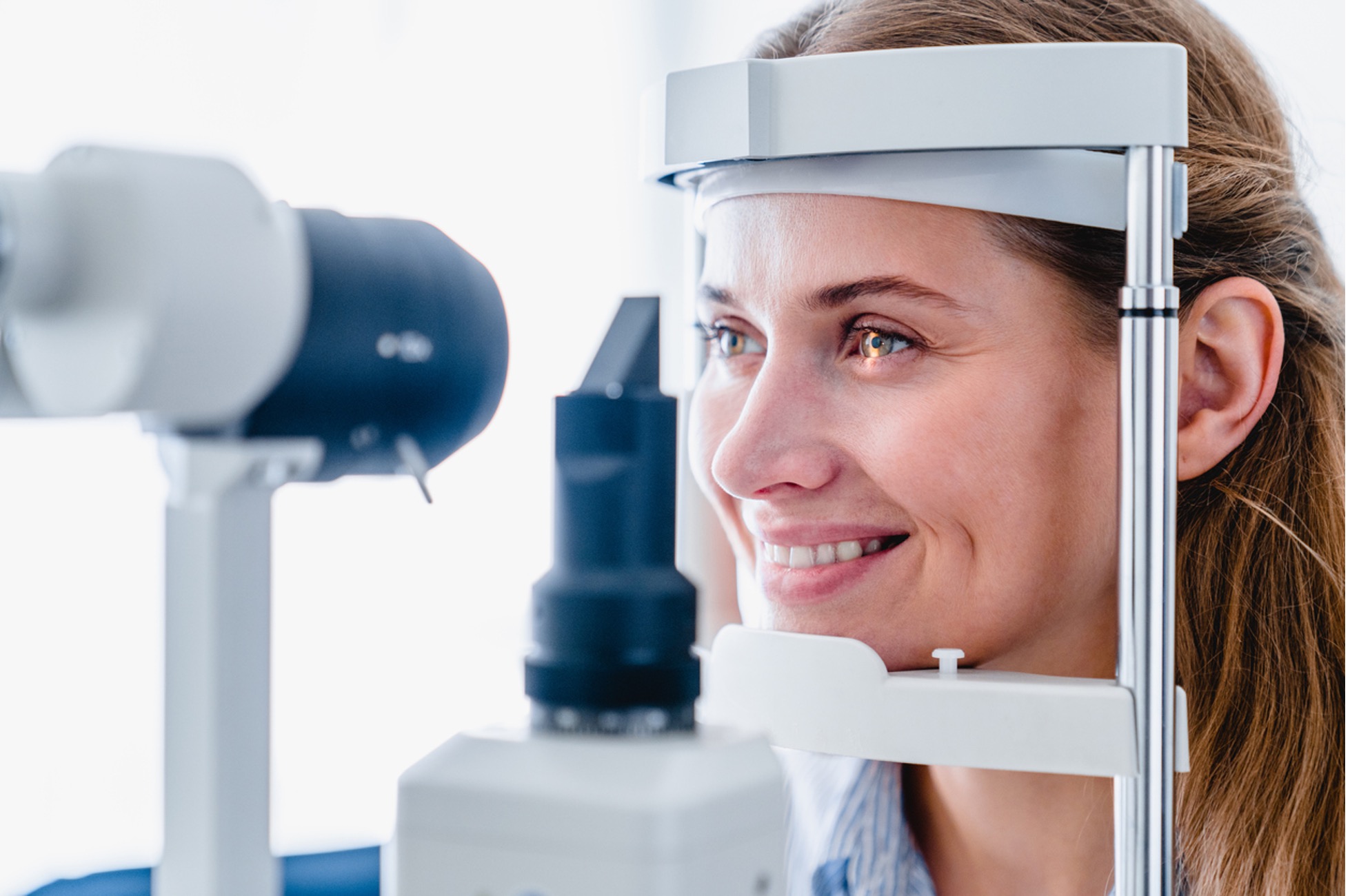Discover the most effective Glaucoma Service Near Me: Professional Eye Care Solutions
The Role of Advanced Diagnostic Devices in Identifying Eye Disorders
In the realm of ophthalmology, the use of sophisticated diagnostic tools has actually transformed the very early recognition and administration of numerous eye conditions. From discovering subtle modifications in the optic nerve to keeping an eye on the progression of retinal diseases, these modern technologies play an essential role in enhancing the precision and performance of identifying ocular conditions. As the need for precise and prompt diagnoses proceeds to expand, the assimilation of sophisticated tools like optical coherence tomography and aesthetic field testing has actually ended up being crucial in the world of eye treatment. The elaborate interplay between modern technology and ocular methods not only clarifies detailed pathologies yet likewise opens doors to customized therapy methods.
Relevance of Very Early Medical Diagnosis
Very early diagnosis plays a critical function in the effective administration and therapy of eye disorders. By finding eye conditions at a very early phase, health care carriers can use suitable therapy plans customized to the specific condition, ultimately leading to far better end results for patients.

Technology for Spotting Glaucoma
Cutting-edge analysis modern technologies play a crucial function in the very early detection and tracking of glaucoma, a leading root cause of irreversible loss of sight worldwide. One such modern technology is optical coherence tomography (OCT), which provides comprehensive cross-sectional photos of the retina, enabling the measurement of retinal nerve fiber layer density. This dimension is essential in evaluating damage created by glaucoma. One more advanced tool is aesthetic field screening, which maps the sensitivity of a person's visual field, aiding to discover any type of locations of vision loss characteristic of glaucoma. Additionally, tonometry is used to measure intraocular stress, a significant threat aspect for glaucoma. This examination is crucial as elevated intraocular pressure can bring about optic nerve damages. Furthermore, newer modern technologies like using artificial intelligence formulas in evaluating imaging information are revealing promising cause the early detection of glaucoma. These innovative analysis devices enable ophthalmologists to diagnose glaucoma in its onset, permitting for timely treatment and much better administration of the disease to protect against vision loss.
Role of Optical Coherence Tomography

OCT's ability to evaluate retinal nerve fiber layer thickness allows for accurate and unbiased measurements, helping in the very early refractive surgeries in al discovery of glaucoma even prior to visual field flaws emerge. In addition, OCT innovation permits longitudinal tracking of structural adjustments in time, promoting personalized therapy strategies and prompt treatments to assist protect individuals' vision. The non-invasive nature of OCT imaging also makes it a favored selection for keeping an eye on glaucoma development, as it can be duplicated regularly without causing discomfort to the person. Overall, OCT plays a critical role in boosting the diagnostic precision and monitoring of glaucoma, eventually adding to better outcomes for people in jeopardy of vision loss.
Enhancing Diagnosis With Visual Field Testing
An important component in detailed ophthalmic analyses, visual area testing plays a pivotal duty in improving the diagnostic process for numerous eye conditions. By examining the full extent of a patient's visual field, this test supplies essential details about the functional integrity of the whole visual path, from the retina to the visual cortex.
Visual field screening is specifically important in the diagnosis and management of problems such as glaucoma, optic nerve conditions, and various neurological conditions that can impact vision. Via quantitative measurements of outer and central vision, clinicians can spot subtle changes that may suggest the existence or progression of these conditions, even before recognizable signs happen.
Additionally, aesthetic field screening allows for the surveillance of treatment effectiveness, assisting eye doctors customize restorative interventions to private clients. eyecare near me. By tracking adjustments in visual field performance over time, doctor can make enlightened choices regarding adjusting medications, suggesting surgical treatments, or executing various other suitable procedures to maintain or enhance an individual's visual feature
Handling Macular Degeneration

Conclusion
In final thought, advanced analysis tools play a crucial function in recognizing eye problems early on. Technologies such as Optical Comprehensibility Tomography and visual area screening have actually substantially enhanced the precision and efficiency of diagnosing problems like glaucoma and macular deterioration. Early detection permits for prompt intervention and management of these conditions, eventually resulting in better end results for clients. It is crucial for medical care professionals to stay updated on these advancements to provide the finest possible look after their patients. eyecare near me.